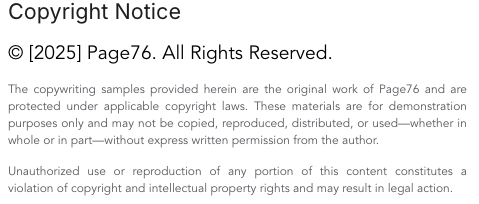Why Certain Colour Trends Dominate Entire Decades: The Cultural and Psychological Palette of Time
Explore the fascinating reasons behind decade-defining colour trends. Discover how culture, psychology, technology, and society paint the dominant hues of each era.


More Than Just a Pretty Shade
If you’ve ever noticed how entire decades seem to be stamped with a signature colour - think the avocado green of the ‘70s kitchens, the neon glow of the ‘80s, or the millennial pink of the 2010s - you’re not alone.
But why do certain colours rise, fall, and then rule the visual landscape for ten whole years? It’s not just aesthetic whimsy or marketing magic; it’s a complex interplay of cultural moods, technological advances, social change, and psychology.
Colour as a Cultural Mirror
Colours act as societal mood rings, reflecting collective emotions and values. In times of upheaval or optimism, palettes shift accordingly:
The 1920s: Jazz Age glamour and Art Deco’s sleek golds, blacks, and silvers embodied prosperity and modernity after the war.
The 1960s: Psychedelic purples, oranges, and acid greens mirrored a decade of rebellion, experimentation, and boundary-pushing freedom.
The 2000s: The rise of tech culture saw a surge in sleek metallics and cool blues, embodying the digital future.
Colour trends don’t just appear, they emerge from a cultural zeitgeist craving expression.
Psychological Underpinnings: Mood Meets Marketing
Colour influences mood and perception on both individual and collective levels. Marketing professionals and designers harness this to shape environments, products, and fashion that resonate emotionally.
For example:
Green’s dominance in the 1970s tapped into a growing environmental consciousness and desire for natural connection amid economic uncertainty.
The vibrant neons of the 1980s reflected an era’s exuberance, excess, and boldness, appealing to consumers craving escapism and energy.
Millennial pink’s subtle charm of the 2010s communicated softness, inclusivity, and a gentle rebellion against hyper-masculinity - perfectly tuned to social media aesthetics.
Technology and Production: New Materials, New Palettes
The availability of dyes, pigments, and materials shapes which colours can dominate. The neon pigments of the 1980s were only possible due to chemical advances; digital screens influenced the pastel dominance in recent decades.
Moreover, mass production and globalisation accelerate trends, turning niche colour experiments into worldwide phenomena faster than ever before.
The Role of Influencers and Media
From Hollywood stars in the golden age to Instagram influencers today, tastemakers heavily influence colour adoption. A favourite designer’s runway palette or a viral TikTok aesthetic can catapult a colour into the zeitgeist.
The Cycle of Colour Trends: Why They Keep Coming Back
Like fashion, colour trends cycle, what was old becomes new again, but with twists. The avocado green of the ‘70s has seen a retro revival, for example. Nostalgia, combined with fresh reinterpretations, keeps certain hues alive across generations.
Conclusion: Decades Painted by More Than Chance
Decade-defining colour trends are complex cultural phenomena shaped by history, psychology, technology, and media. Next time you spot a colour flooding your feed or storefront, remember it’s part of a grander story... a reflection of our collective psyche and the times we live in.
So, what colour do you think will define the 2020s?






